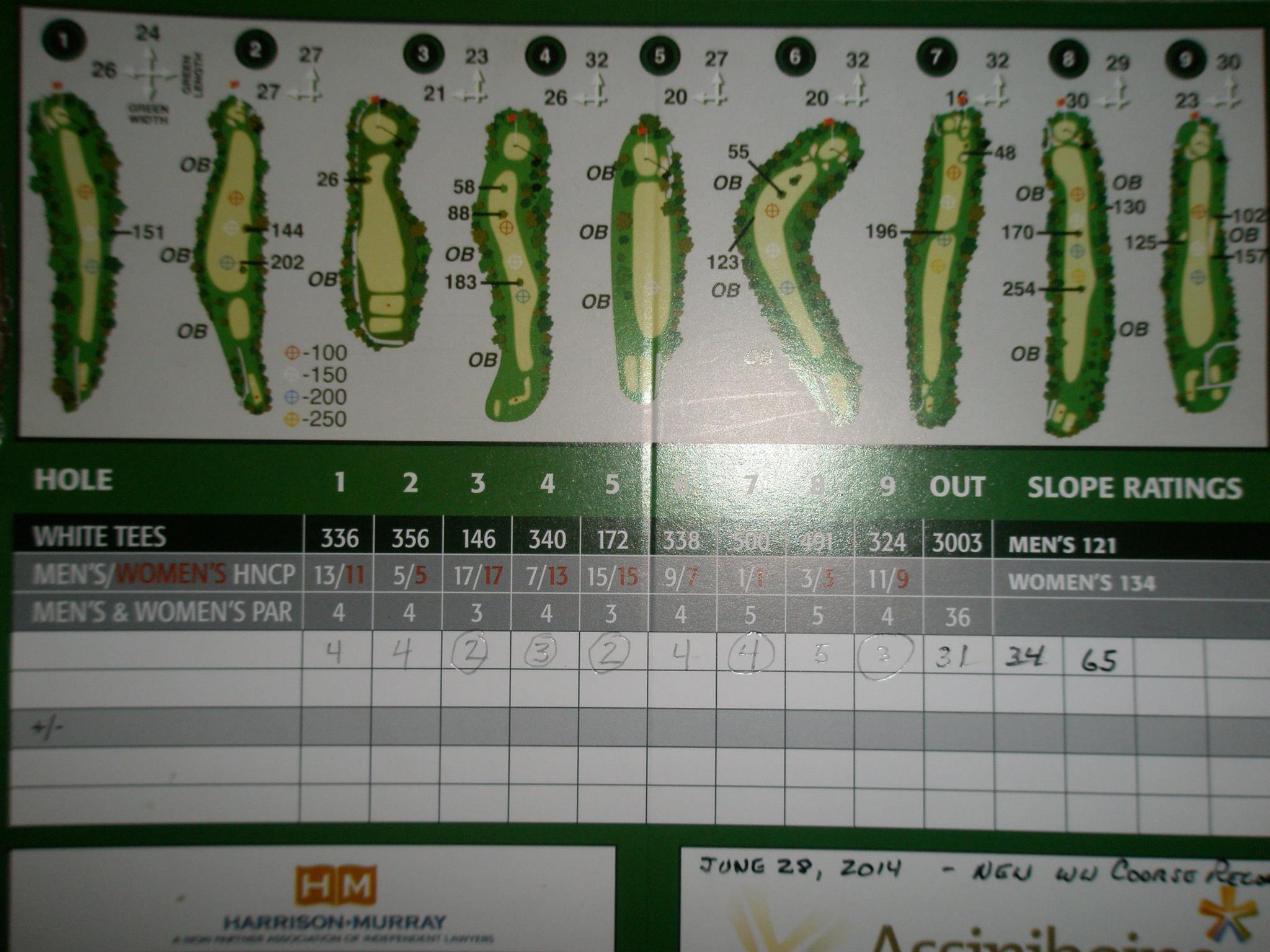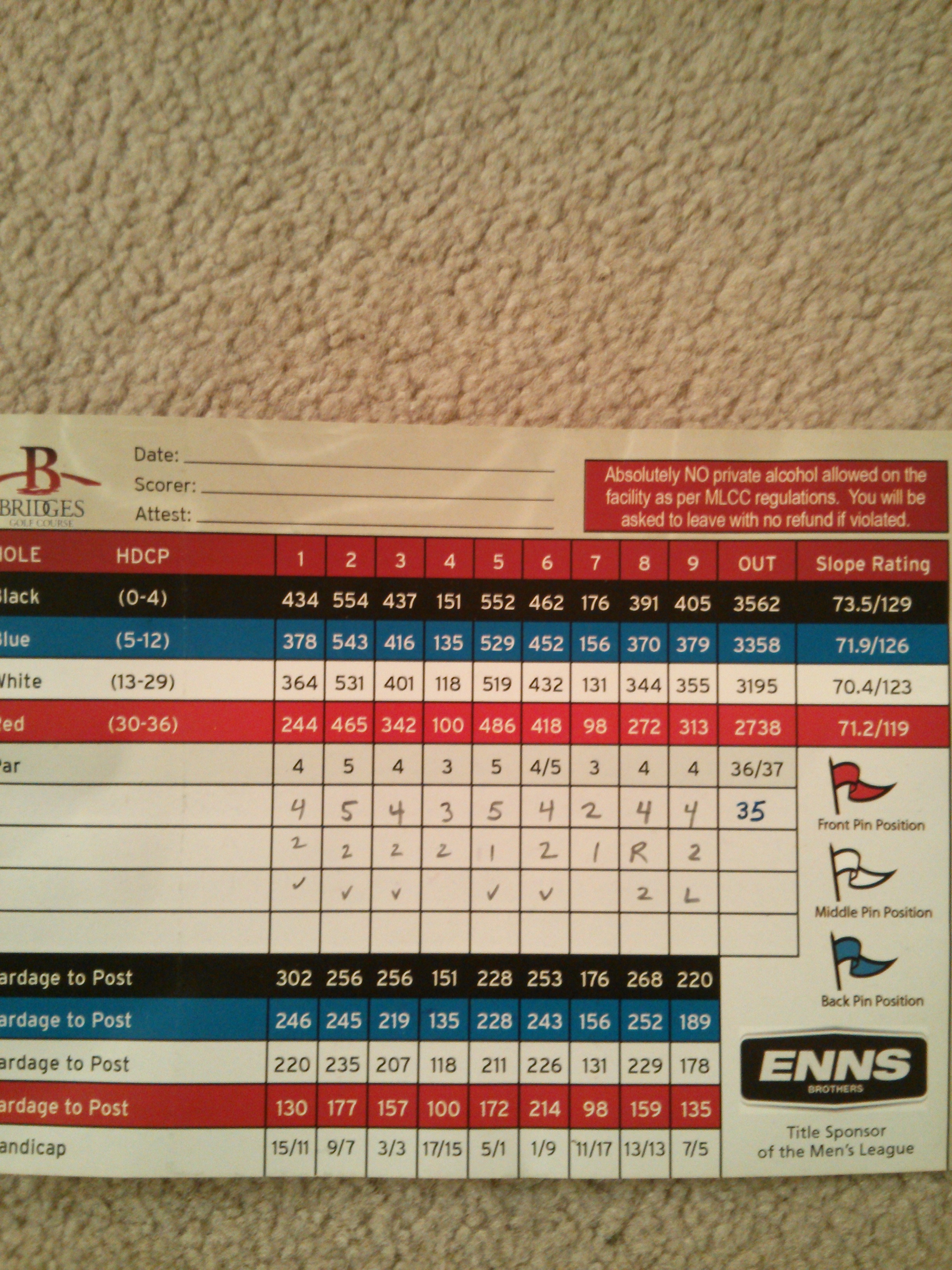In order for goals to be meaningful they must offer a challenge and at the same time be realistic and attainable.
As golfers we all have different goals depending on our skills and our personal makeup and our age
There are some goals (in the case of some of us wishes or hope) that we all have in common. When we first took up the game our goals were things like breaking a hundred then 90, 80 and in the case of the daring 70. Almost everyone has thought about and aspired to shoot even par on a regulation 18 hole course. Everyone wants to score a hole in one.
There is however one goal that many of us have that cannot be attained until later in life, shooting your age.
Only a small percentage of golfers ever shoot their age.
I took up golf in 1975 at the age of 24 and since that time have played an estimated 5000 rounds of golf. Since the sparking 156 I shot on my first round I’ve managed to achieve many of my goals. I’ve broken 100, 90, 80 and 70. I’ve had 3 hole in ones, the last one being on September 20th 2020. What I have yet to do is shoot my age.
I first flirted with shooting my age on June 28th 2014. It was a Saturday morning, my 64th birthday. I was playing at Wildewood a 9 hole, par 72, 6048 yard track with a slope rating of 123. Wildewood is not a long course but a tricky course mainly due to the narrow fairways, an abundance of trees and small poa annua greens.
I missed it by one shot that day and in the following years I did not come within one stroke of my age again until June 29th 2020 the day after my 69th birthday.
On that day I was playing off the white tees at Bridges Golf Curse a 6425 yard par 72 course with a slope rating of 123. I had an eagle putt on 18 to shoot 69. As I was getting ready to hit the putt my playing partners reminded me of its significance and urged me not to leave it short. I was an uphill 2o footer with perhaps 18 inches of break. I gave it a good run and finished about 2 feet past the hole having missed it on the high side. I tapped in for a birdie and a 70, again 1 stroke short of the goal.
That brings us to 2021, one year older, a few more aches and pains but with the same goal as last year to shoot my age.
If you have a good “shooting my age story” I’d like to hear it.






